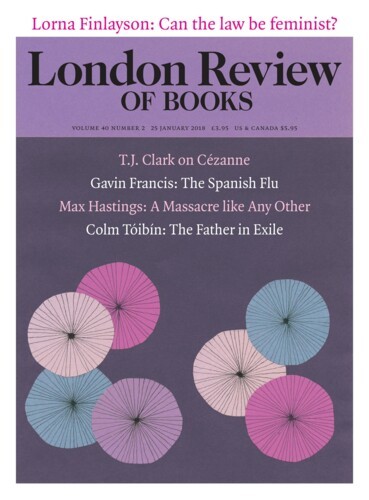At the Soane Museum: ‘The Romance of Ruins’
Josephine Quinn, 12 August 2021
Howls of rage greeted the new concrete paths that were laid over the notoriously treacherous rock of the Acropolis last year. Increasing the numbers the site can handle arguably brings visitors closer to the experience of visiting it in the fifth century BCE. At the height of the glory of classical Athens, built on empire and slavery, the sacred area would have been bustling with people....





